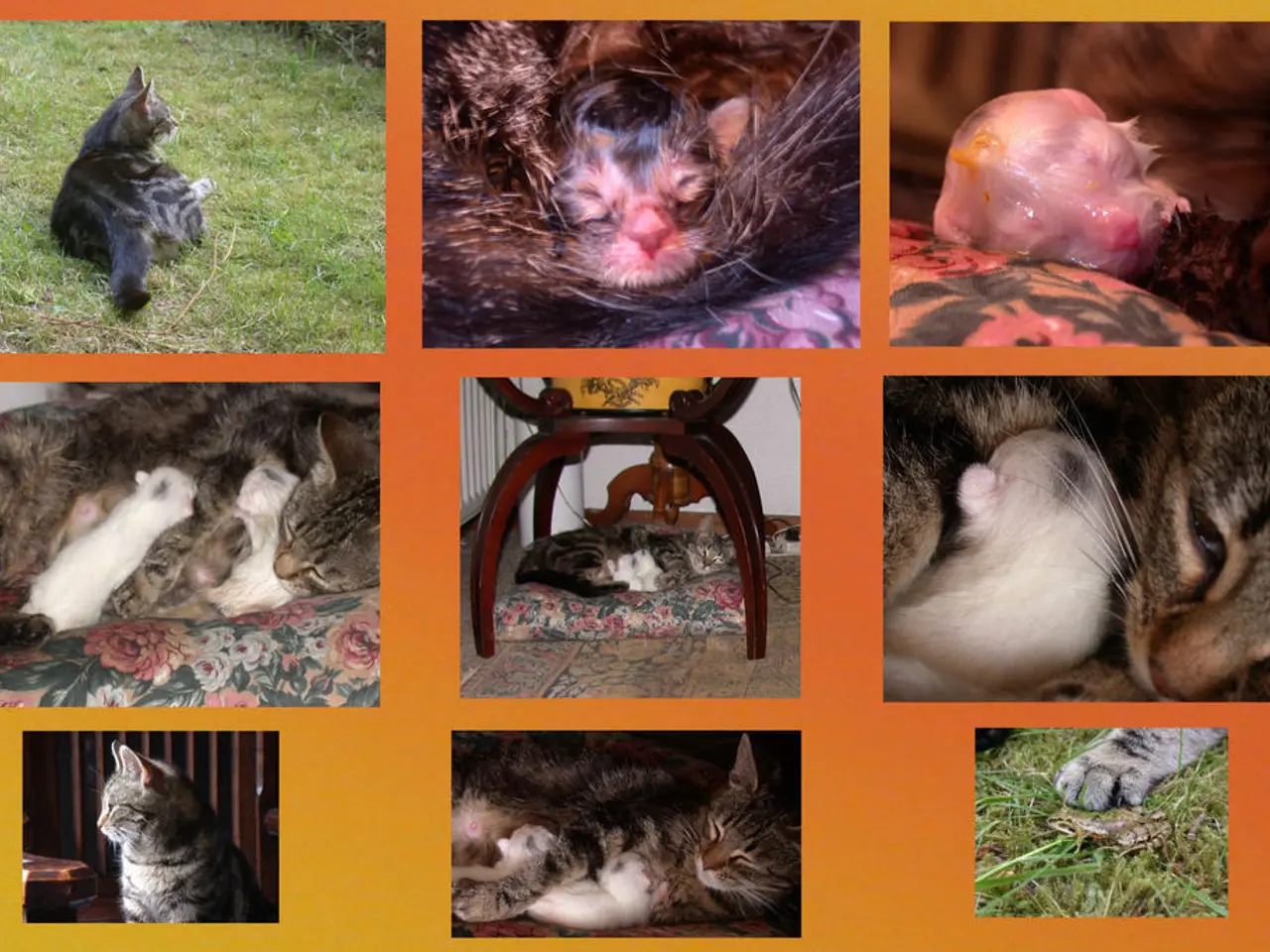Florida panther population is preserved from extinction, temporarily, due to the introduction of Texas puma genes.
The Florida panther, a subspecies of the mountain lion (Puma concolor coryi), has shown signs of genetic resilience after cross-breeding with Texas panthers in the 1990s. A study published in the journal PNAS on July 28, 2022, revealed that the introduction of new genes has increased heterozygosity among Florida panthers, reducing the effects of harmful genetic mutations brought about by inbreeding.
In the 1990s, the Florida panther population was critically endangered, with fewer than 30 individuals remaining. Inbreeding threatened their survival, and in 1995, eight female panthers from Texas were brought into Florida to bolster the population's genetic diversity.
Thirty years later, the Florida panther population has risen to about 200, and inbreeding has decreased. The study involved mapping the genomes of present-day Florida panthers that had both Texas and Florida ancestry, as well as the genomes of the original Texas and Florida panthers for comparison.
The study found that Florida's genetics are still very much present, contradicting the concern about complete replacement. Diana Aguilar-Gómez, a co-author of the study, stated that the concern was that Florida's local genetic variation might get completely replaced by the introduction of Texas panthers.
However, the benefits from the increased genetic diversity may not last forever, according to the researchers. If the Florida panther population stays small (around 200 panthers), inbreeding could start rising again. The researchers suggest that another translocation of panthers could be a potential solution, but it would need to be carefully evaluated.
Continued monitoring and management of the Florida panther population is necessary, according to Aguilar-Gómez. She also emphasised that another translocation of panthers might be necessary in the future, but more genetic studies would need to be performed before making that decision.
The criteria for defining a subspecies in biology are that it is a group of phenotypically similar populations of a species that inhabit a distinct geographic subdivision of that species’ range and differ taxonomically from other populations of the same species. In other words, a subspecies must show consistent physical or genetic differences from other populations of the species, often linked to geographic separation, but still capable of interbreeding with other subspecies within that species.
This research not only provides insights into the genetic resilience of the Florida panther but also highlights the importance of cross-breeding and genetic diversity in conservation efforts. As the Florida panther population continues to grow, careful management will be essential to prevent inbreeding from becoming a problem again in the future.
Science plays a crucial role in understanding the health-and-wellness of species, as demonstrated by the study on Florida panthers. This research indicates a significant boost in fitness-and-exercise for the panther population, due to the introduction of new genes from Texas panthers, leading to increased genetic diversity.




